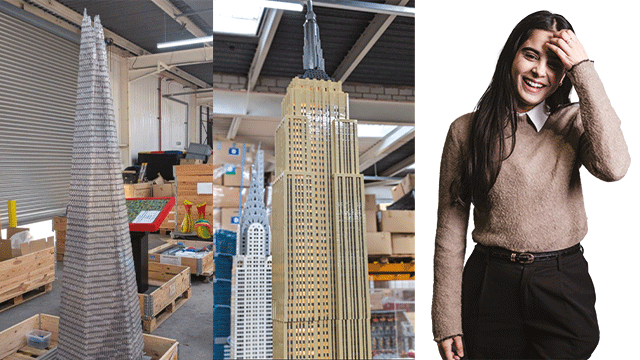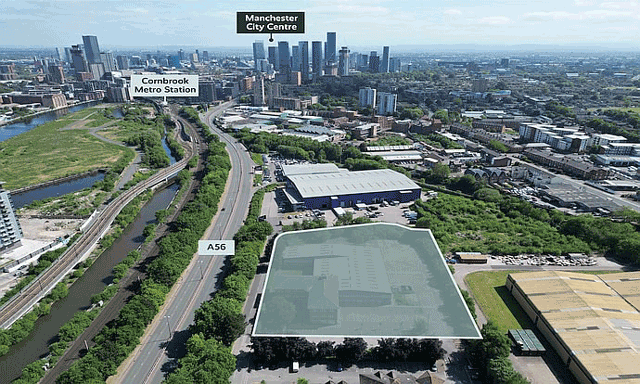The Irish residential market is in a period of growth, with rising prices and increasing demand, but recovery will be a slow process.
According to the Central Statistics Office, in the year to January 2017, residential property prices at national level increased by 7.9%, compared to an increase of 5.6% in the 12 months to January 2016.
The latest two month’s RPPI results are provisional and subject to revision.
In Dublin, residential property prices increased by 5.3% in the year to January; house prices increased 4.9% and apartments increased by 9.1% in the same period. Residential property prices in the rest of Ireland were 11.3% higher in the year to January.
Property professionals have attributed these increases to a lack of supply and rising demand.
Since early 2013, prices nationally have increased by 49.6%. In the same period, Dublin residential property prices have increased by 65.2% while residential property prices in the rest of Ireland are 45.9% higher.
While prices still show an overall decline from 2007 levels, with the national index being 31.8% lower than its highest level in 2007, Goodbody’s Dermot O’Leary said the previous driver of growth was excessive mortgage lending.
Marie Hunt, executive director, research and consultancy at CBRE, added that there were now “huge supply pressures”: “The market has moved from a scenario where we were building 90,000 units to almost 15,000. That is almost a 90% fall.
“On top of that, there are transient workers coming in that have European headquarters in Dublin and people returning to the country and the economy. Last year was the first year we had positive net migration into the country.”
She added that Ireland now had the largest group of 25- to 45-year-olds in the EU who were more likely to buy housing.
Residential property price index and % change
Residential property price index breakdown
Challenges
There are developers that are trying to inject much-needed supply into the market.
Cairn Homes, which listed on the London Stock Exchange in 2015 has raised £700m and has seen sales rates increase from 10 homes per week in Q4 2016 to 19.7 in Q1 2017 to date. It aims to be delivering more than 1,200 units a year by 2019.
It owns about 15% of Dublin’s land bank and buys land from house builders that already has consent.
But Michael Stanley, chief executive, Cairn Homes, said: “Ireland needs more than 30,000 a year. There are challenges around who will build a lot of that remaining 95%.
“While we don’t have challenges across labour or materials, we are only building 10% or 15% of what’s needed.”
According to Stanley, the key challenge is the time it has taken for developers to recover from the economic downturn.
“A number of them are coming back into the market but it takes time to scale back in and they have to build up equity from banks which are lending conservatively. It’s hard to become an overnight house builder – There is a knowledge you have to grow around land acquisition, design and understanding planning.
“Also builders don’t cross borders very well; local markets have their own nuances so delivery is unlikely to come from international house builders.”
Hunt added that design standards, requirements to provide car parking regardless of end user and issues of viability – where development levy and planning costs were high in the city centre – also hindered supply.
What is being done?
PRS and modular housing are still slow to come on stream, with the Irish market being smaller than the UK’s.
While companies like Kennedy Wilson and Hines have turned existing blocks into PRS, there are no current build to rent projects active.
Hunt forecasts more to come in the next year. She said: “Quite recently the government brought in a rent control act and rent pressures zones for areas like Dublin and Cork where rents have been growing at a phenomenal pace. But in an effort to build PRS rent controls won’t apply to those schemes.”
O’Leary added: “Modular housing on local authority land has been trialled but has not been very successful. The cost has been much higher than expected and delivery times have been very slow. Coordination with the private sectior in relation to the social housing delivery has been very disappointing. There are budget restrictions with the EU budgetary rules which are playing a role.”
Hunt said, while the market might still be too small for overseas investment, in the past year there have been local initiatives to encourage buyers and development.
The minister for housing, Simon Coveney, produced a blueprint called Rebuilding Ireland, and set up an infrastructure fund so sites could be unlocked putting in services, roads and drainage.
The Central Bank has also softened mortgage affordability to make it easier for first time buyers there is a help to buy scheme, which offers a tax rebate on earnings up to 5% of the value of the home.
Hunt said: “The current administration has done a lot in a short space of time. Lots of pieces of the jigsaw are being put together by the government over the next couple of months but it’s going to be a slow process.”
To send feedback, e-mail Shekha.Vyas@egi.co.uk or tweet @shekhaV or @estatesgazette
DATA NOTE: The latest two month’s RPPI results are provisional and subject to revision.











